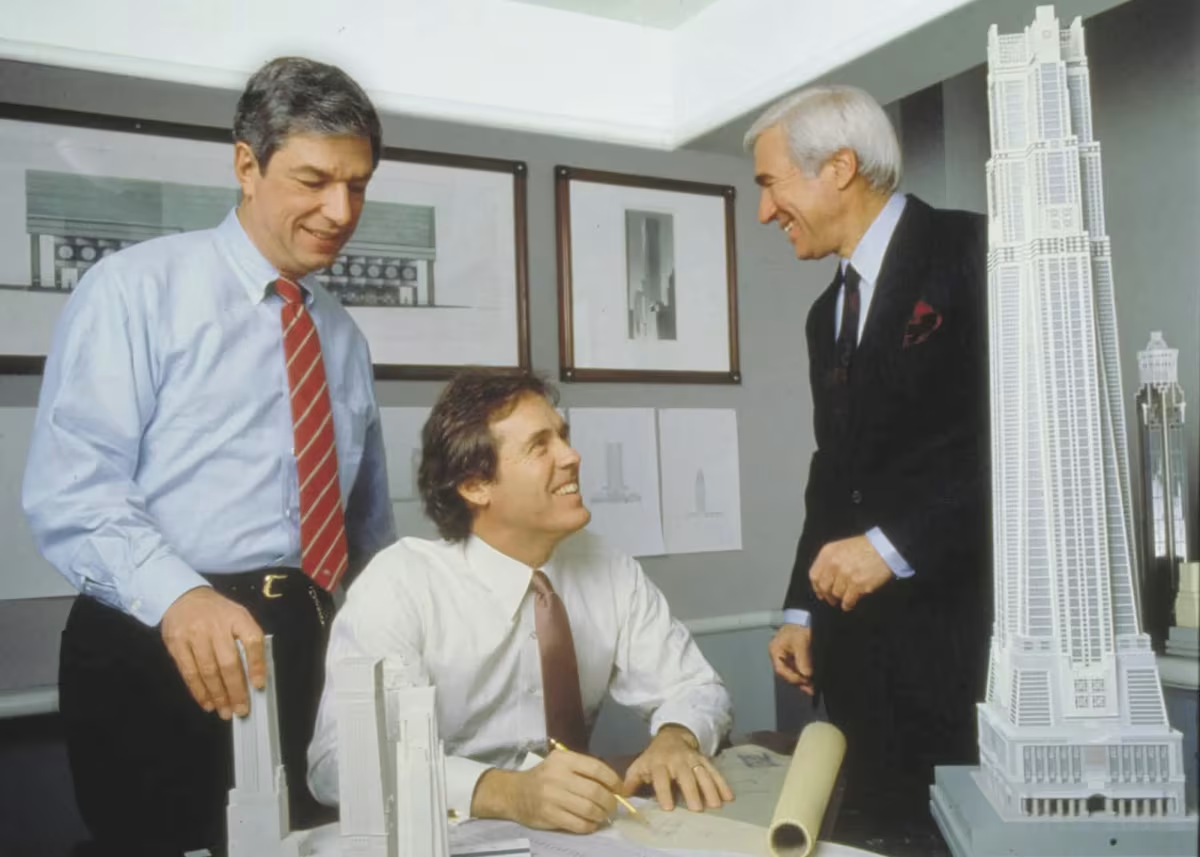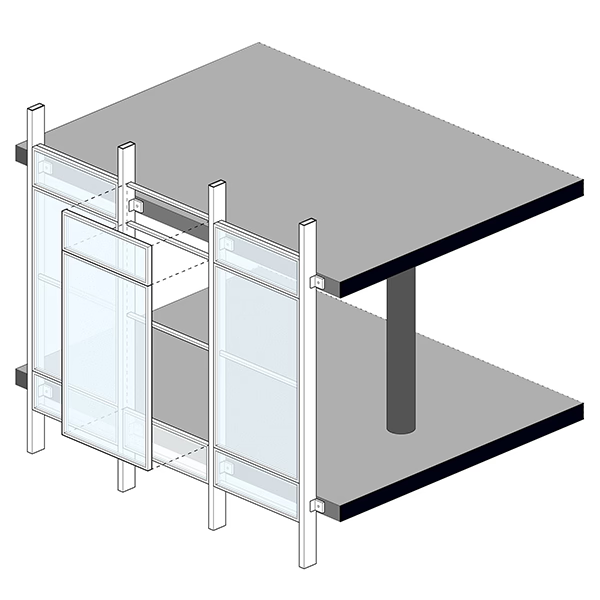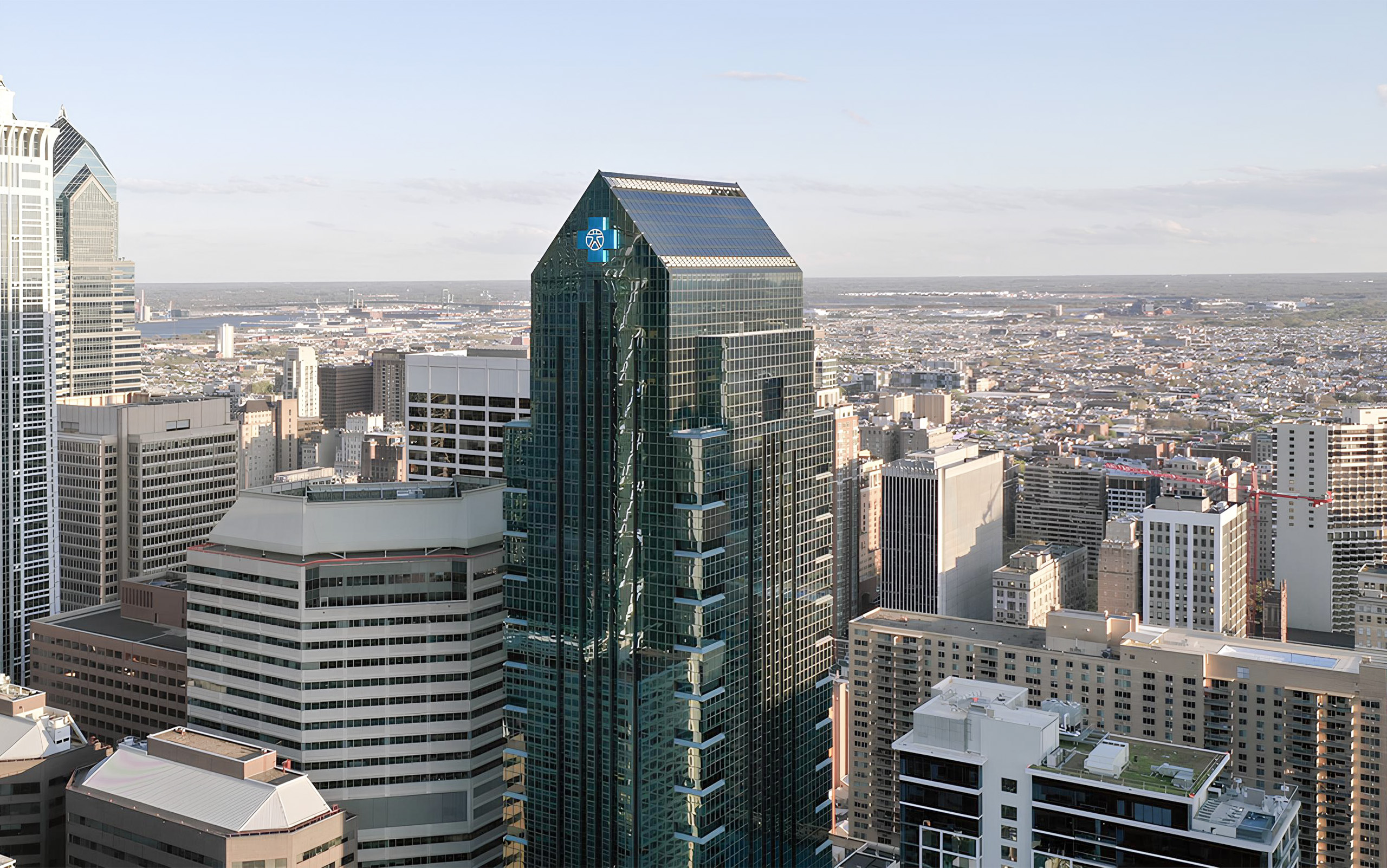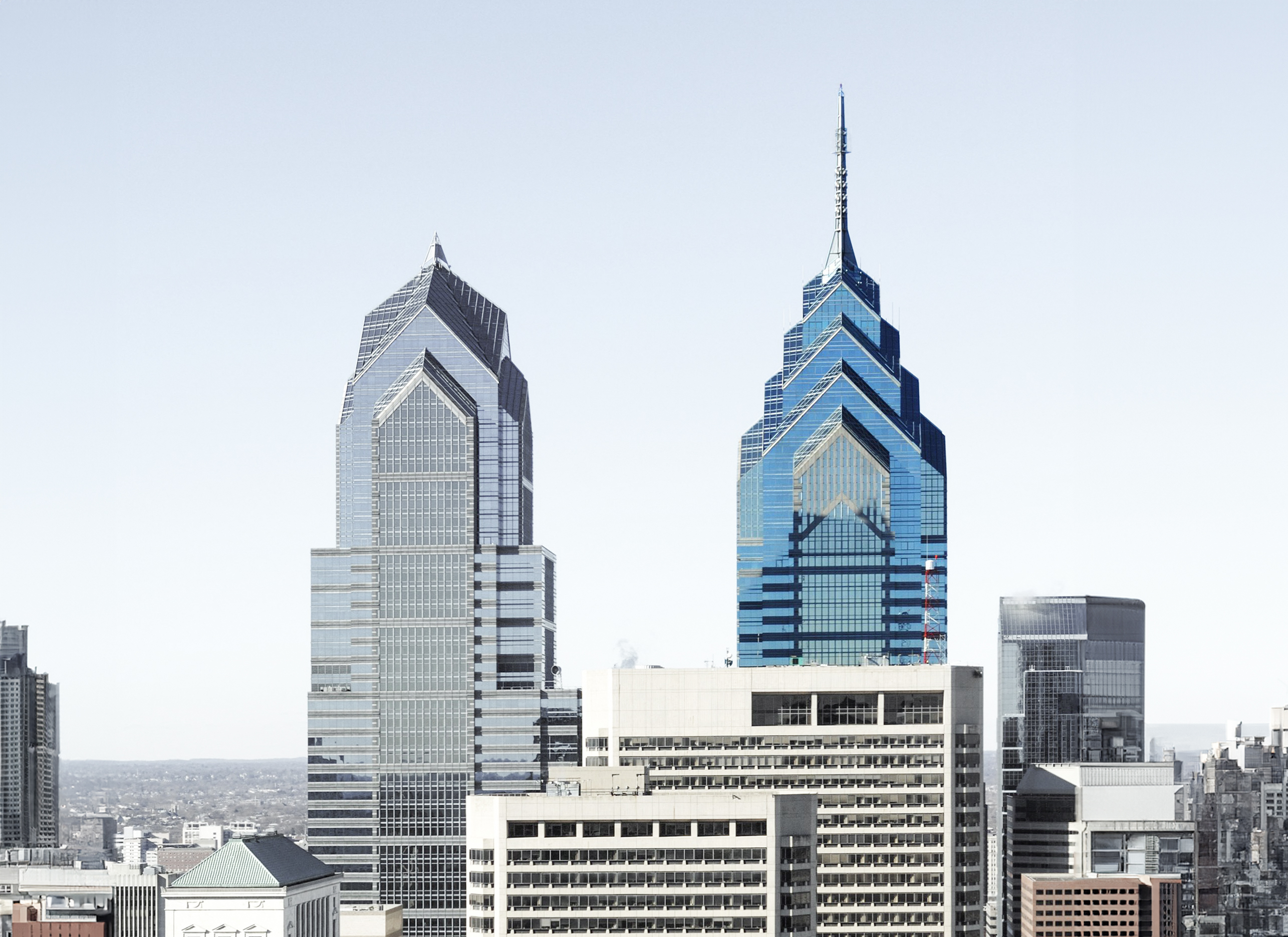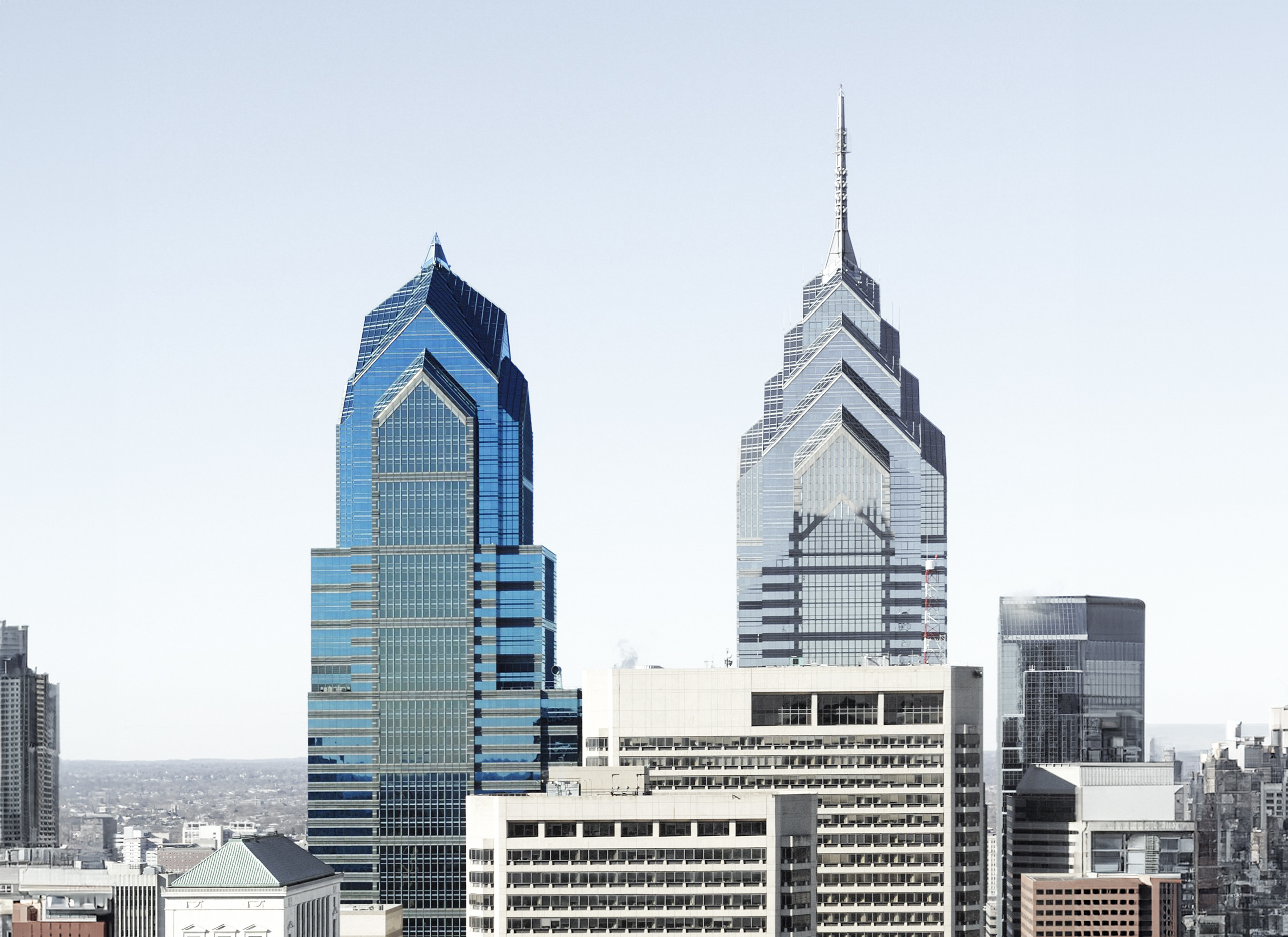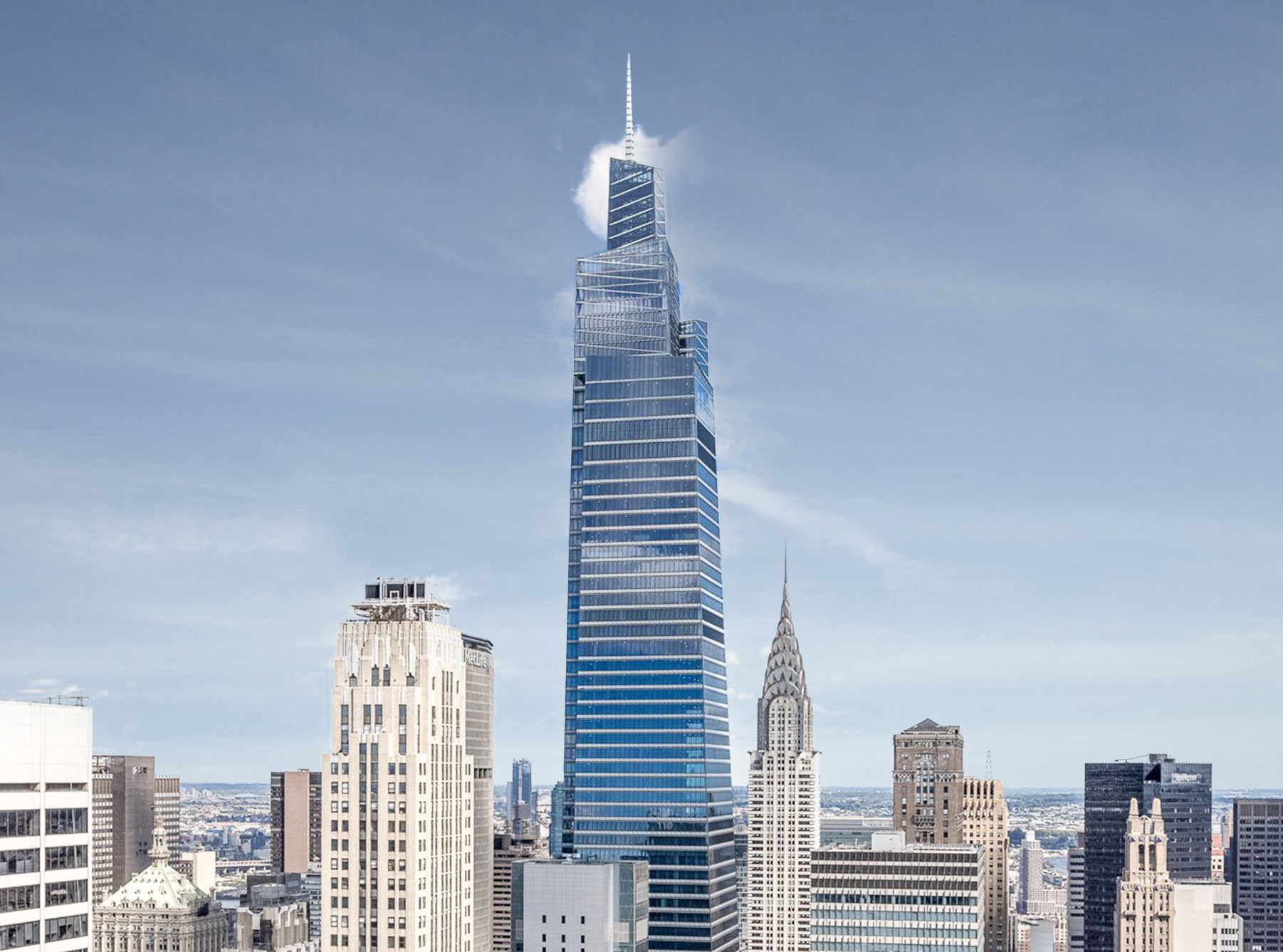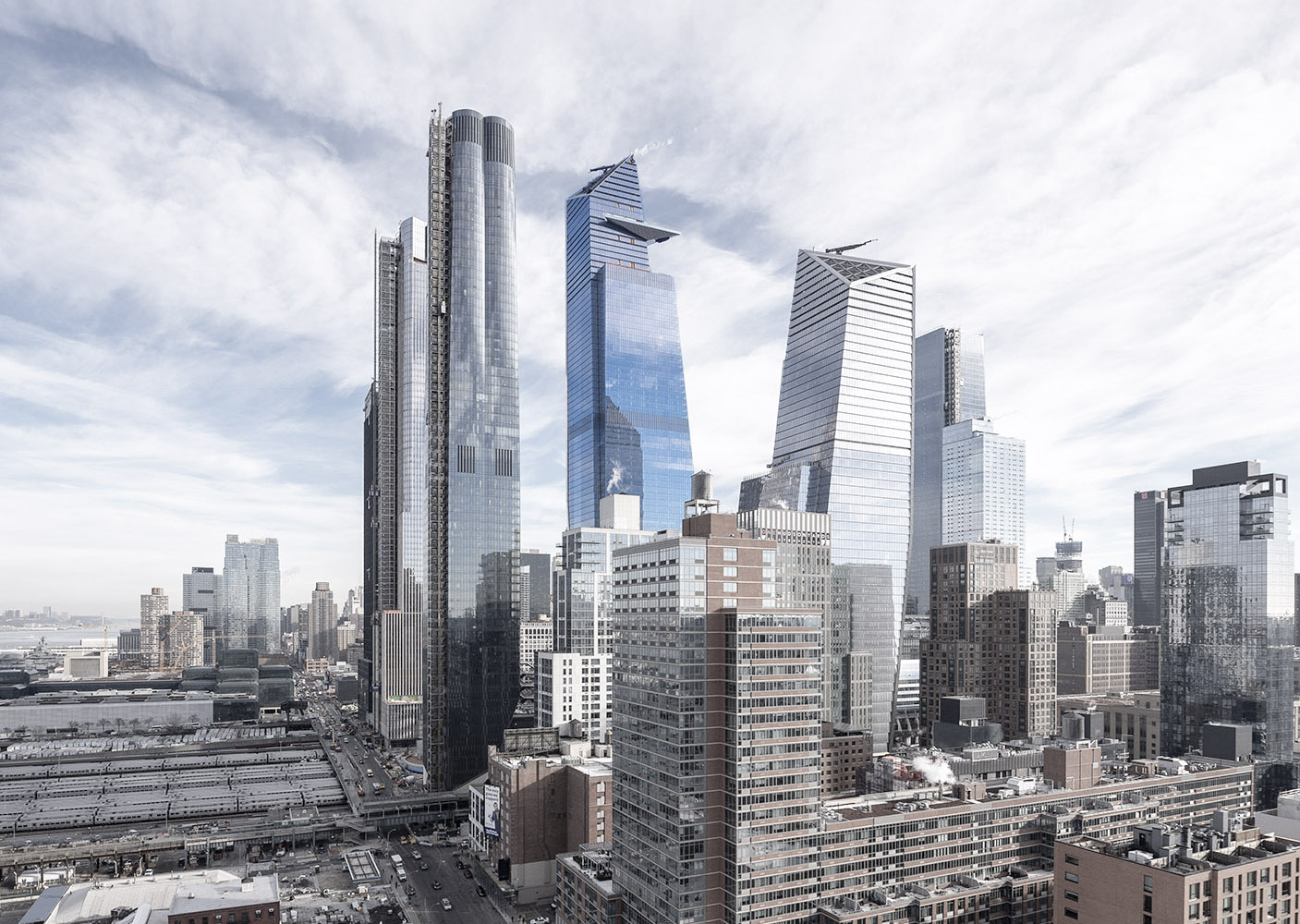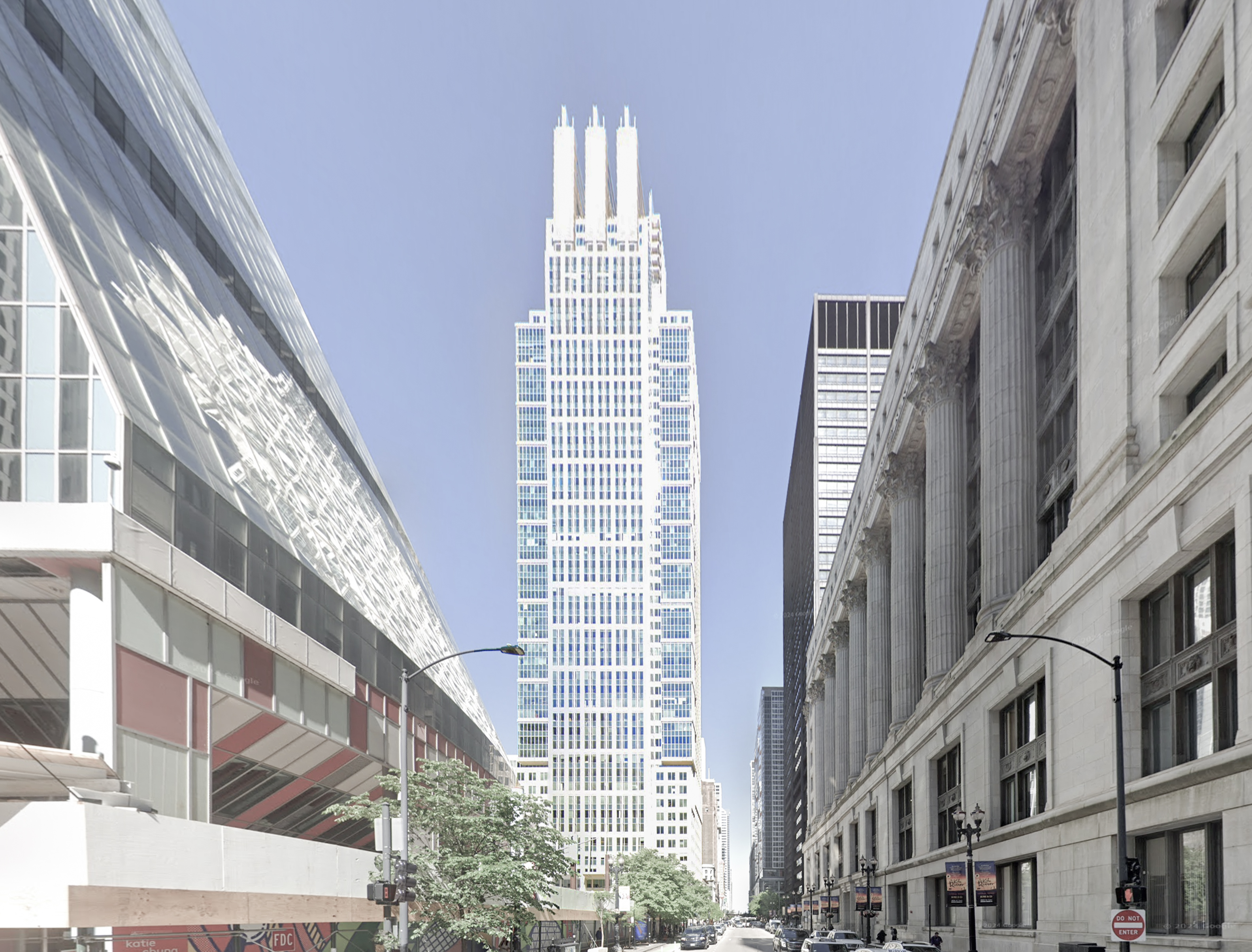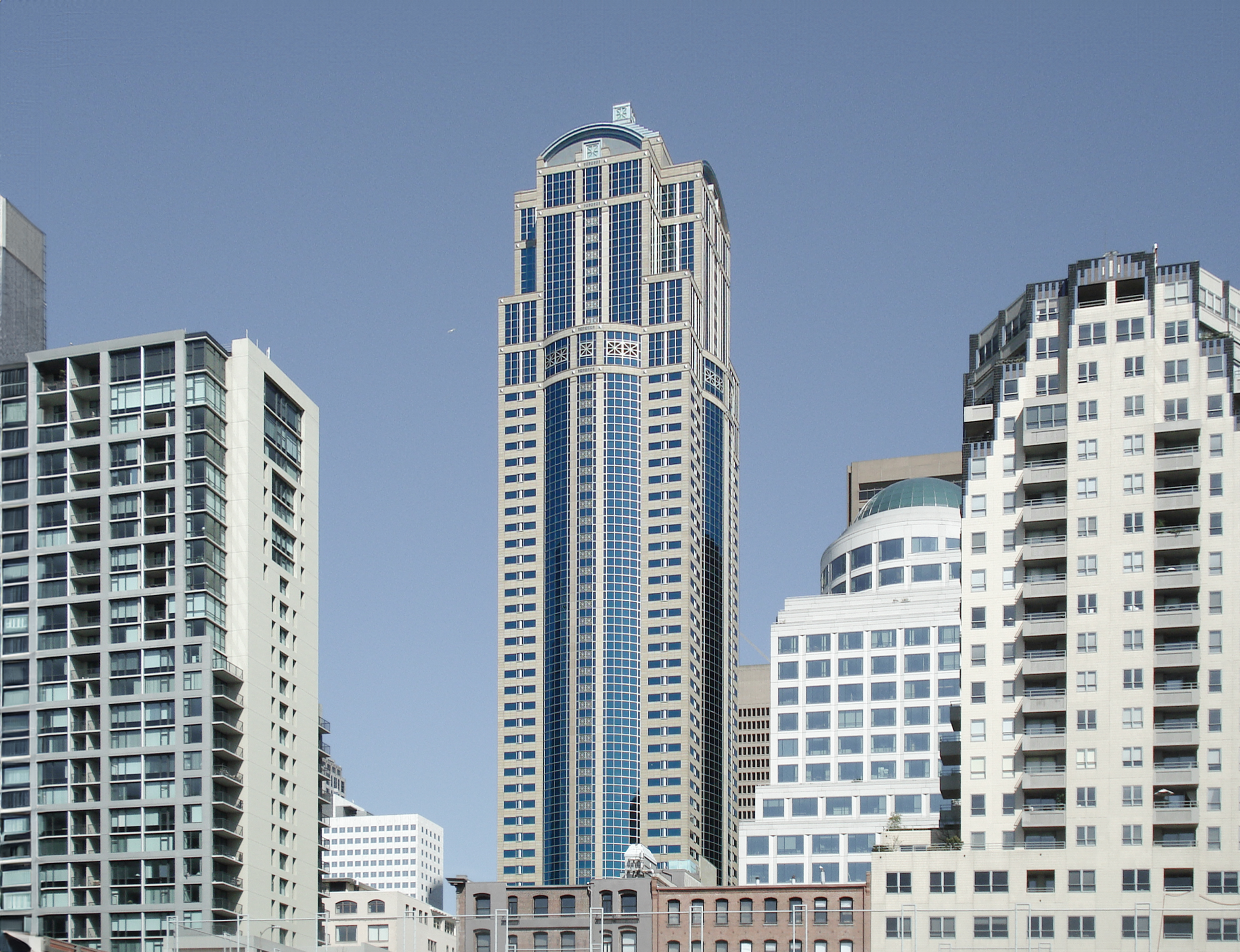The BNY Mellon Center Philadelphia Building is a Postmodernist skyscraper designed between 1986 and 1987 by Kohn Pedersen Fox Associates, and built between 1988 and 1990 in Philadelphia, PA.
BNY Mellon Center Philadelphia Building is not the only name you might know this building by though. It is common for companies to want to attach their names to iconic buildings when they move in, or for the general public to come up with nicknames, and this one is no exception. The building has changed names several times over the years, and is also known as:
- Mellon Bank Center between 1990 and 2009.
- Nine Penn Center.
Its precise street address is 1735 Market Street, Philadelphia, PA. You can also find it on the map here.
The BNY Mellon Center Philadelphia Building has received multiple architecture awards for its architectural design since 1990. The following is a list of such prizes and awards:
- Building Excellence Award in 1992
- Certificate of Engineering Excellence in 1991
The building has been restored 2 times over the years to ensure its conservation and adaptation to the pass of time. The main restoration works happened in 2019 and 2021.

